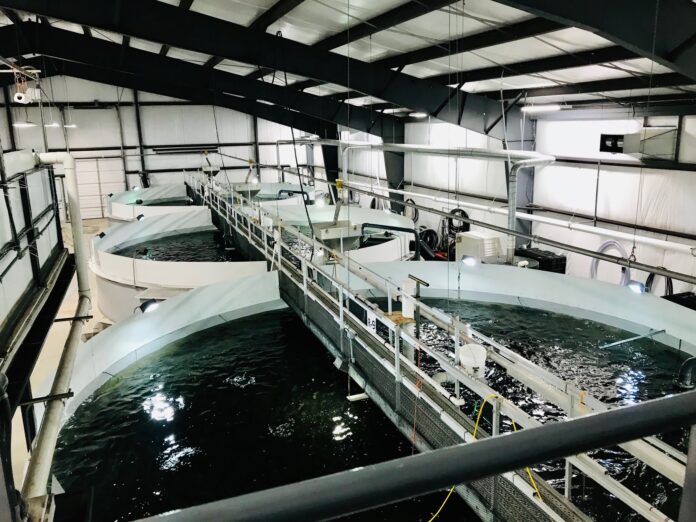Key Findings
At the conclusion of the study, the researchers found that the salmon exposed to both high and low nitrate conditions exhibited similar growth rates, with final weights of 1.84 ± 0.05 kg and 1.91 ± 0.02 kg, respectively. Other important production metrics, such as feed conversion ratios (FCR), survival rates, fin condition, and cataract scores, showed no significant differences between the two groups.
However, the heart rate data provided more nuanced insights. The fish in the high nitrate group began to exhibit elevated heart rates once nitrate concentrations exceeded 150 mg/L. This physiological response was corroborated by higher levels of plasma chloride, hematocrit, and hemoglobin in the high nitrate group, suggesting that the fish were experiencing stress as a result of the elevated nitrate levels.
Despite these findings, the overall impact of nitrate on the salmon was relatively minor. The study concluded that nitrate-nitrogen levels below 150 mg/L do not significantly affect the growth, health, or welfare of post-smolt Atlantic salmon in RAS under similar conditions. However, the researchers noted that concentrations above this threshold could lead to increased stress, potentially affecting long-term fish welfare.
The study’s authors recommend additional research to explore the effects of prolonged exposure to higher nitrate levels, particularly in systems with reduced water exchange. Such research could help to establish a more definitive threshold for nitrate-nitrogen concentrations in RAS, ensuring the optimal growth and welfare of Atlantic salmon as they reach market size.


